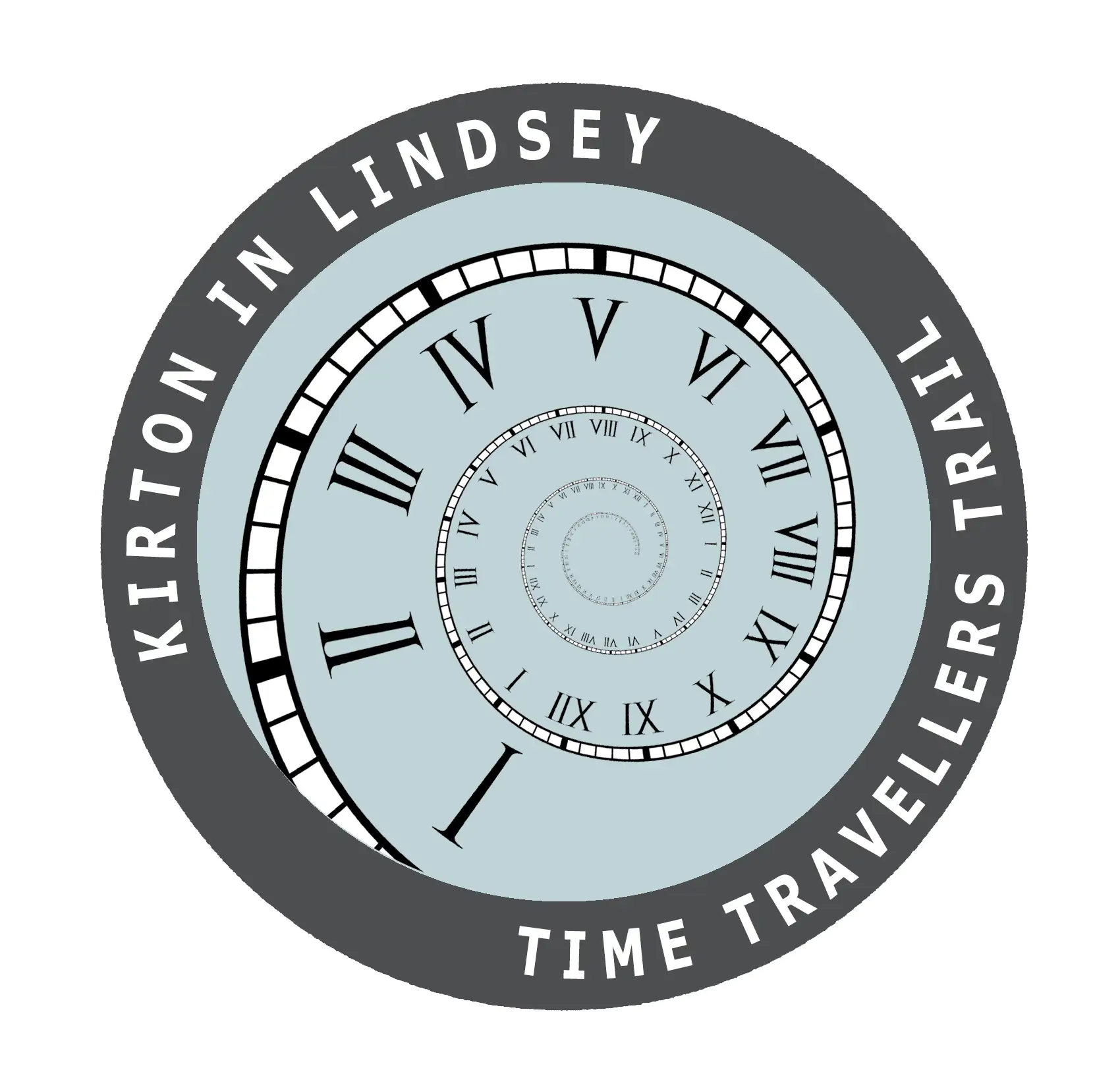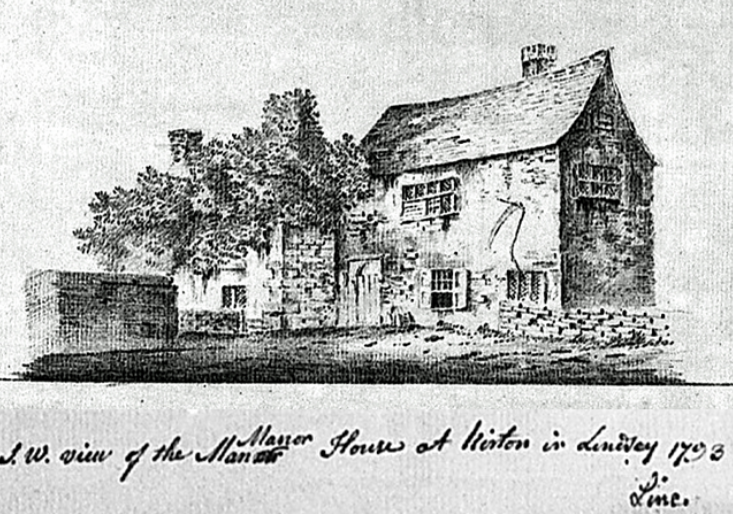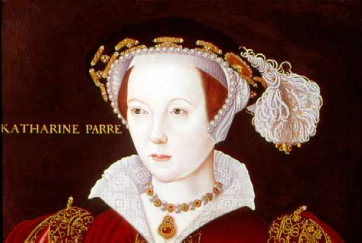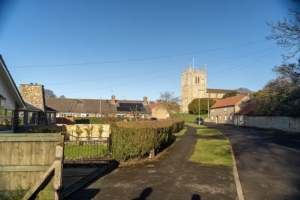Katherine Parr was the sixth and final wife of King Henry VIII but by the time she came to Court and caught the eye of Henry, Katherine had been twice widowed. It seems that Henry, 52 years old and in poor health, was quickly smitten by 30-year-old Katherine, who by all accounts was attractive, alluring, and highly intelligent. The King proposed marriage and Katherine agreed. It is likely, however, that Katherine did not look forward to the royal union as, in order to marry the king, she had to break off her relationship with the love of her life – Thomas Seymour. Nevertheless, one does not refuse a king and the couple were married on July 12, 1543 and Katherine Parr became Queen Consort of England and Ireland.
But her story starts much further back.
Katherine was born in 1512, the eldest child of Sir Thomas Parr, lord of the manor of Kendal in Westmorland, and Maud Green, an heiress from Northamptonshire. Sir Thomas Parr was a descendant of King Edward III, and the Parrs were a substantial northern family. He was a close companion to King Henry VIII and Katherine’s mother was a close friend and attendant of Catherine of Aragon. It is likely that Katherine Parr was named after Queen Catherine, who was her godmother.
In 1529, when she was seventeen, Katherine married Sir Edward Burgh (pronounced Borough), son of Sir Thomas Burgh of Gainsborough Old Hall, and moved to live with her in-laws. Edward was in his twenties, a Justice of the Peace and Steward of the Manor of Kirton in Lindsey but did not seem to enjoy good health.
By all accounts, life at the Old Hall was strained so in 1530 Katherine and Edward moved into the Manor House at Kirton Lindsey. This was not a grand house but more likely a large, well-appointed farmhouse.
The Manor House
Nothing remains today but there is a late 18th century drawing by John Nattes showing a dilapidated building labelled as the Manor House.
We do not know whether this was the remains of the original Manor House or a later building.
The site was almost certainly where Manor Farm is today at the junction between Moat House Road, Cornwall Street and Dunstan Hill.
Whilst living in Kirton, Katherine and Edward would have worshipped in St. Andrew’s church but they did not live here long, just 3 years, as Edward died in the spring of 1533. There were no children from the marriage so no reason for Katherine to stay and the Manor House was owned by her father-in-law.






